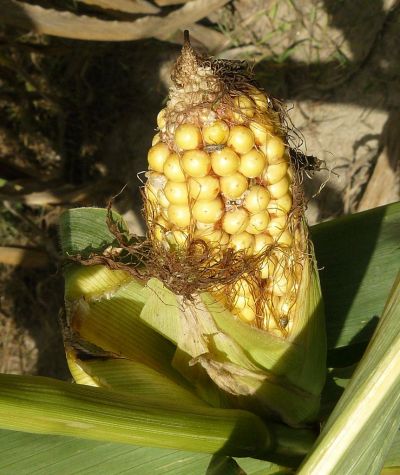Plants use photosynthesis to convert carbon dioxide and water into carbohydrates using energy from light. Central to this carbon fixation process is an enzyme called RuBisCo, which first evolved 3.5 billion years ago in photosynthetic bacteria.
Many crop plants, including wheat, barley, rice, soybean and potatoes, use RuBisCo in an inefficient pathway - known as C3 photosynthesis - to fix carbon. More recently evolved grasses like maize have altered their leaf structure and biochemistry to use RuBisCo in the more efficient C4 photosynthesis pathway.
The EU-funded
3TO4 (3to4: Converting C3 to C4 photosynthesis for sustainable agriculture) project aims to transfer these efficient C4 traits into food and fuel crops. This can be achieved by genetically altering leaf development, cell biology and biochemical pathways in C3 plants, but first researchers must better understand C4.
They began by developing a detailed model of the entire C4 photosynthesis process, including how and where carbohydrates are synthesised. Genetic differences between C3 and C4 plants, including those controlling development of specific tissues that allow C4 plants to fix carbon more efficiently, were identified.
Researchers also identified modifications to enzymes that are vital for C4 photosynthesis, as well as regulatory genes that control production of C4-associated gene products. They are using this information to integrate some components of the C4 pathway into a C3 crop, aiming eventually to create entirely new C4 crops.
Introducing the characteristics of C4 photosynthesis into C3 crops should improve yields, reduce land area needed for cultivation and allow the crop to tolerate drought. By training young researchers, building European research capacity and involving industry stakeholders, 3TO4 will also provide a strong foundation for long-term photosynthesis research.

